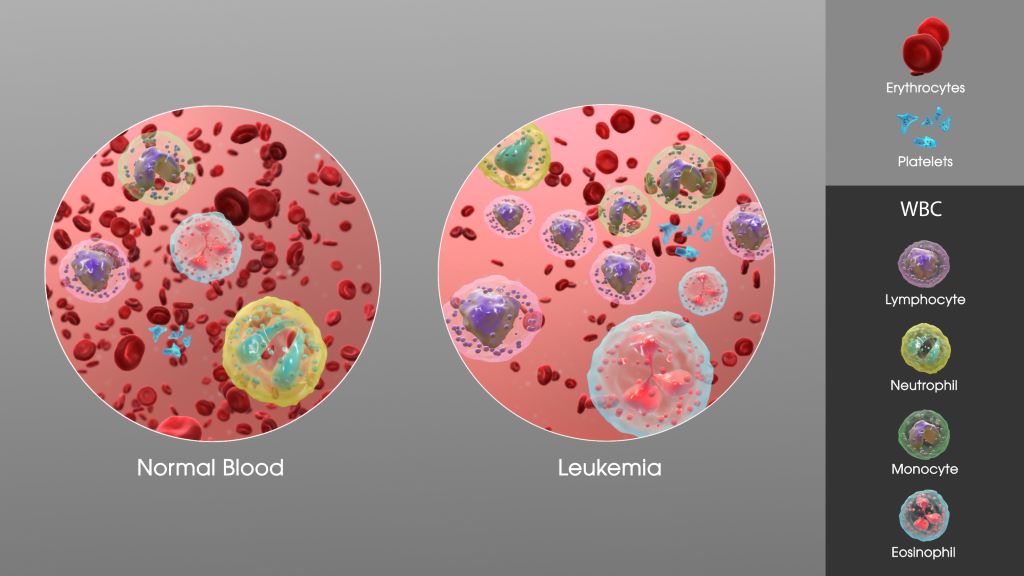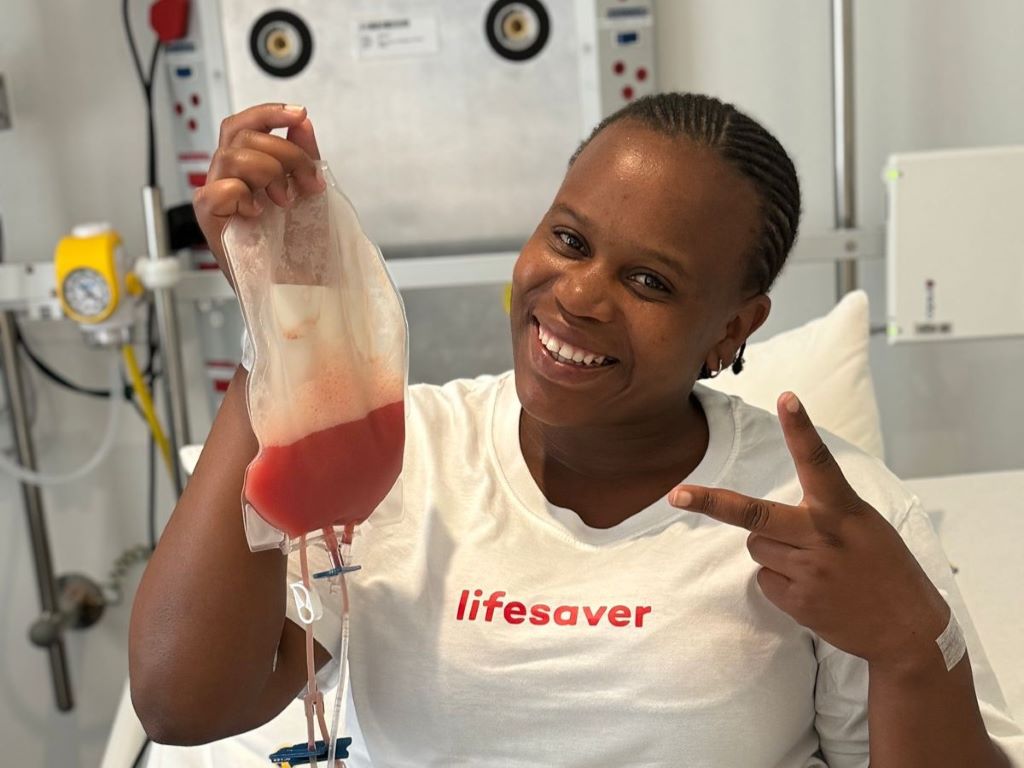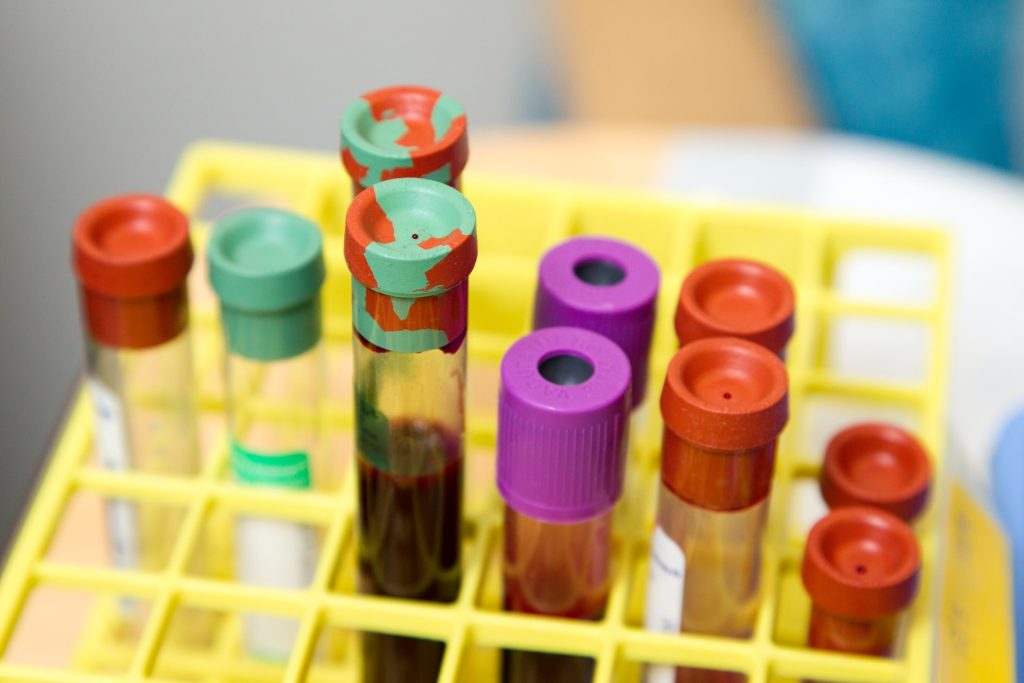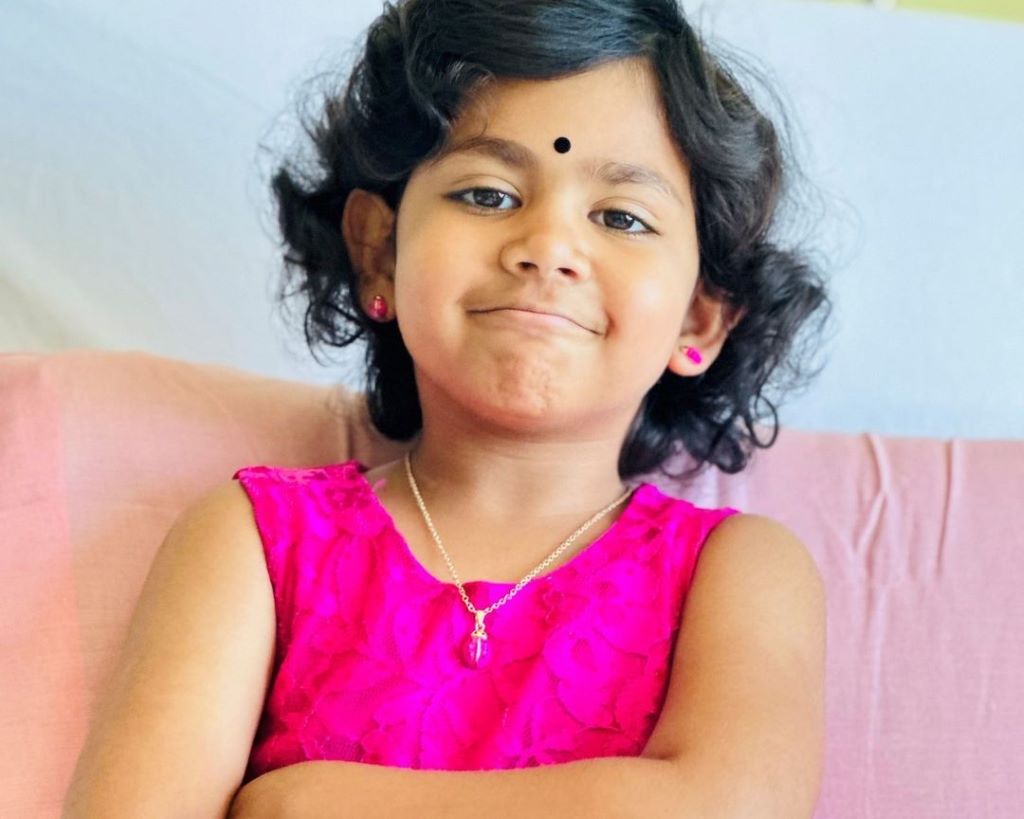A Right to Life: Ensuring Access to Stem Cell Transplants for SA’s Children
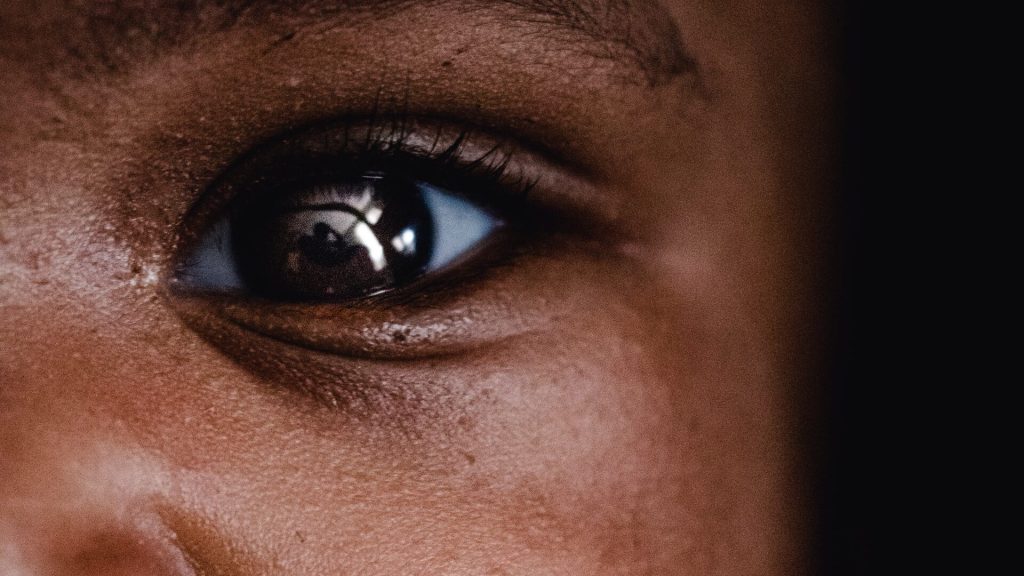
Every year, hundreds of South African children courageously battle blood disorders which are treatable through stem cell transplants. Yet, while at least 250 paediatric transplants are needed annually, only 18 are performed – leading to survival rates of just 20%, compared to 80% in countries like the USA and Europe.
Ahead of Human Rights Day, Palesa Mokomele, Head of Community Engagement and Communications at DKMS Africa, highlights the urgent need for action: “Every child has the right to healthcare, which should include stem cell transplants. By working together – government, healthcare providers, and the private sector – we can remove the barriers preventing children from receiving the treatment they need.”
Overcoming Barriers to Life-Saving Transplants
Mokomele notes that while there are challenges, there are also solutions. “By addressing issues such as financial constraints, medication shortages, and limited infrastructure, we can ensure that more children receive these vital treatments. Through collaboration, we can create meaningful change.”
Addressing the Cost Challenge
One of the major hurdles in providing this life-saving treatment is the high cost of stem cell transplants, which ranges from R1 million to R1.5 million. “When a child has a matching family donor, the public healthcare system covers their transplant fully. However, for the 70% of patients who require an unrelated donor, the state covers the transplant, but not the additional costs of finding and securing a suitable donor such as tissue typing, donor searches, and stem cell procurement.,” explains Mokomele.
“Public-private partnerships, however, can ensure that all associated costs are also covered,” she points out. “Together, we can make a difference in the lives of children who need these life-saving procedures. To be effective, we must collaborate more closely and take a holistic approach.”
Building Medical Expertise
“South Africa is challenged by the lack of clinically skilled haematology nurses and clinical haematologists, but we are looking into how ways to increase capacity at this level. Training and scholarships for medical and non-medical staff in haematology and transplantation can improve the level of care provided,” says Mokomele.
She outlines some of the work of non-profit organisations like DKMS Africa in supporting knowledge transfer initiatives for healthcare professionals. “Through a combination of theoretical courses, hands-on observerships, or a hybrid of both, we aim to enhance patient outcomes. We also frequently host and participate in symposia for the medical community to exchange knowledge and explore best practices, which are essential for providing the highest quality care.”
Encouraging Donor Commitment
A strong donor registry is crucial, yet despite DKMS Africa recruiting over 100 000 potential donors, 56% of those matched decline to donate when called upon. “Becoming a donor is a powerful act – it’s a chance to give a child a second chance at life,” urges Mokomele.”
Expanding Transplant Capacity
Increasing the number of transplant beds is another crucial step. Currently, only four paediatric transplant beds are available in public transplant centres – two in the Western Cape and two in Pretoria. However, she shares encouraging news: “We are in conversations with the private sector to support the expansion of more beds in Gauteng, where the bulk of patients reside. This expansion represents a crucial step toward improving access to care.”
A Call to Action: How You Can Help
“The progress we’re seeing is promising. Together, we can ensure that no child is denied a life-saving transplant due to financial, medical, or infrastructure constraints,” concludes Mokomele. “Whether by registering as a donor, supporting fundraising efforts, or advocating for policy changes, every contribution makes a difference. With collective effort and commitment, South Africa could transform paediatric stem cell treatment – offering hope, healing, and a future to the children who need it most.”

